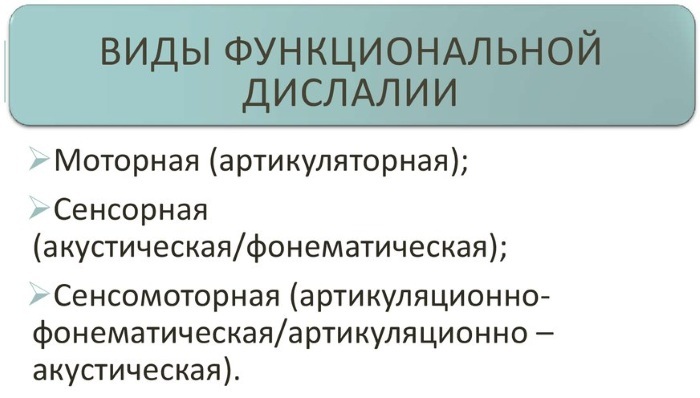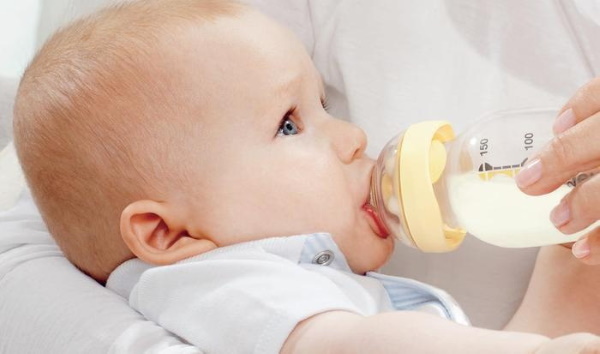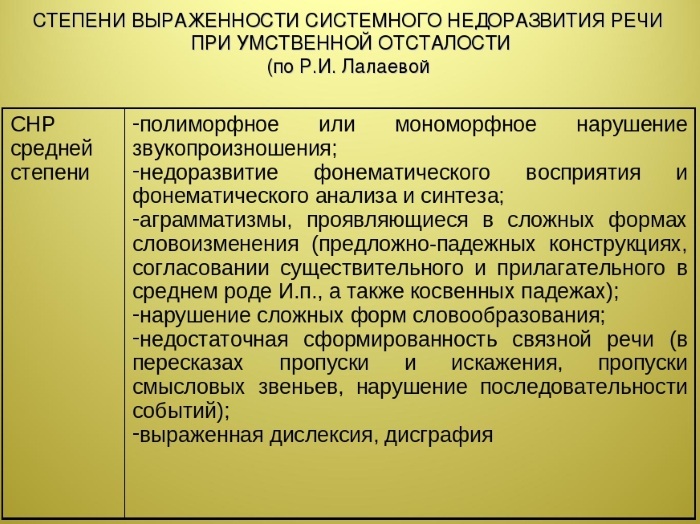Such a phenomenon as umbilical hernia in children, causes panic in parents. But the protrusion that is found in the navel does not always require surgical therapy. A wait-and-see approach is most often recommended.
The observation lasts until the baby is 5-6 years old. With regular massage procedures and exercise therapy, the problem may disappear by itself before this age. If this does not happen, you need to contact a specialist and get his recommendations.
Record content:
- 1 What is it, what does it look like
- 2 Views
- 3 Causes of occurrence
- 4 Symptoms and Signs
- 5 Can the hernia heal by itself?
- 6 What will happen if an umbilical hernia is not treated, danger?
- 7 Diagnostics
-
8 Features of the treatment of umbilical hernia in children
- 8.1 Massage
- 8.2 Physiotherapy
- 8.3 Special plasters and bandages
- 9 When is surgery required?
- 10 Postoperative period and rehabilitation
- 11 Treatment with folk and non-traditional remedies
- 12 Video about umbilical hernia in children
What is it, what does it look like
After the birth of the baby, the umbilical cord is cut off, and its remainder disappears by about 10 days. The umbilical wound heals in a month, forming the navel. But if the umbilical cord has defects of a congenital or acquired nature, then this can cause a hernia. Another factor contributing to this is the weakness of the baby's muscles, especially in the navel.
During crying, screaming, coughing or with constipation, the load increases, while the internal organs under pressure begin to protrude in the umbilical ring area. The resulting rounded sac is a hernia. After the cessation of the influence of the provoking factor, it is "pulled" back.
Views
The violation can be:
-
Congenital. It is found within the first month after the baby is born. Most often, weakened, premature babies suffer. In these babies, the umbilical ring closes much later than in healthy babies.
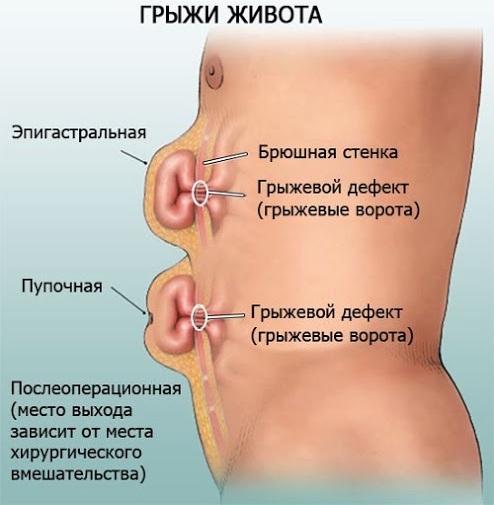
- Purchased. It can occur at any age under the influence of provoking factors such as a strong cry, constipation, flatulence. The risk of developing pathology increases with the weakness of the umbilical ring.
Causes of occurrence
The causes of the disorder are divided into intrauterine or after birth.
The appearance of a defect can be facilitated by:
- Prematurity. In children born prematurely, the muscles have not yet had time to get stronger, the connective tissue is not sufficiently formed, therefore, incomplete closure of the umbilical ring is observed.
- Delayed development. Due to placental insufficiency, fetal hypoxia, tissue growth slows down. The organs of the abdominal cavity in such children are unable to hold the poorly developed umbilical ring.
- The use of some medications by the expectant mother during the period of bearing the baby can also cause a problem.
- Hereditary factors.

After the baby is 2 months old, a hernia can be caused by:
- physical activity (intense crying, coughing);
- fences and flatulence, which provoke an increase in intra-abdominal pressure;
- trauma;
- obesity.
Symptoms and Signs
The signs of the disorder are usually not pronounced. The bulge becomes noticeable only when coughing and crying, and when the baby is lying down, it may not be noticeable at all. If there is an intestinal loop in the hernial sac, then it acquires a bluish tint. If an omentum or liver enters it, the protrusion will be reddish.

The hernia does not cause discomfort in the baby, the child does not feel any inconvenience. Symptoms occur when it is pinched (compression of the umbilical ring). The organs inside the hernial sac are clamped, their blood supply is disrupted. This is accompanied by severe pain syndrome, the baby screams, he is unable to be in an upright position.
Can the hernia heal by itself?
Umbilical hernia in children 2-6 years old is able to close without outside interference. With the growth of the baby, the abdominal muscles become stronger, which contributes to the independent disappearance of the problem. However, this outcome is possible if the umbilical ring is small.
What will happen if an umbilical hernia is not treated, danger?
Umbilical hernia in children is a pathology in which regular consultations of a surgeon are required, even if at the moment hospitalization and surgery are not required. Particular attention is needed for children after 4-5 years of age.
Despite the fact that education does not cause discomfort, some complications may develop, such as:
- infringement of the hernia, which contributes to the onset of the inflammatory process;
- inflammation inside the hernia itself;
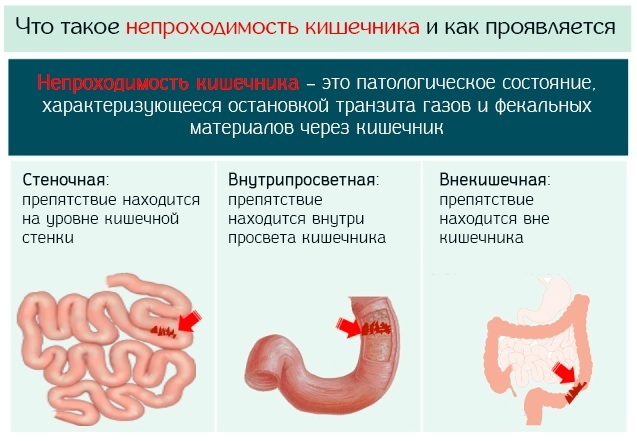
- intestinal obstruction due to accumulated feces.
Diagnostics
Pathology is not difficult to diagnose. A congenital hernia is manifested by a protrusion in the navel, which parents will notice during a strong cry of a baby. Having found a problem, it is necessary to visit a pediatrician or pediatric surgeon with the baby. The specialist will confirm or deny the diagnosis, determine what is in the hernial sac, estimate the size of the umbilical ring.
It is also necessary to carry out:
- blood test;
- ultrasound and X-ray examinations of the child's abdominal cavity.
The results obtained will enable the doctor to make the correct diagnosis and choose the tactics of therapy.
Features of the treatment of umbilical hernia in children
Umbilical hernia in children (2 years in most cases) usually disappears on its own, especially with normal activity and mobility of the child. But the parents of a baby with such a diagnosis need to make sure that he eats properly, as constipation can aggravate the problem.
It is important that the child's intestines are emptied in a timely manner. If the mother is still breastfeeding the baby, then she must monitor her diet. It is important for artificial babies to choose the right mixture.
Recommendations for parents with a hernia in children of different ages: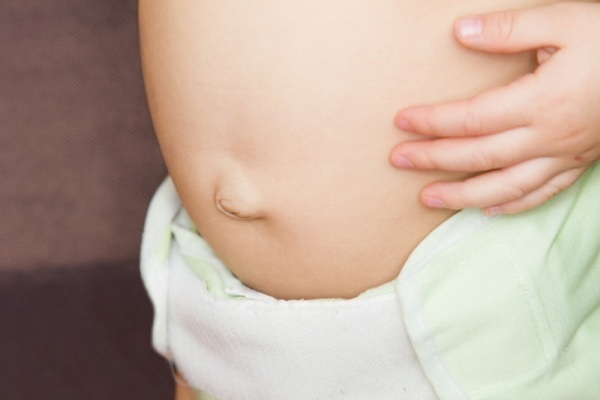
| Baby age | Recommendations |
| up to 1 year | Up to six months, an increase in hernia is possible. This is a variant of the norm and does not require therapy in the absence of complications. Doctors recommend an active-expectant tactic, the essence of which is dynamic monitoring of the state of the navel, wearing special supportive products. To increase muscle tone, it is recommended to lay the baby on his tummy more often on a hard surface, and also do special exercises for babies. |
| 2 years | By this age, the problem disappears on its own in 95% of cases. If the protrusion has not disappeared, you need to follow the doctor's recommendations and avoid infringement of the hernia. For this purpose, a bandage or plaster is used. It is also useful to carry out massage procedures. The main thing is not to try to correct the hernia on your own. |
| 3 years | At this age, children are already more conscious, so performing a massage or using a bandage is much easier. It is important to explain to the baby that the protrusion cannot be touched. |
| 4 years | If the problem has not been resolved on its own before this age, in addition to plasters, bandages, massage procedures, it is recommended to connect swimming. But it is important to get expert advice before that. |
| 5-6 years old | Experts say that if the hernia has not disappeared before this age, then it should be removed with surgical methods. Parents need to make a final decision before the baby goes to school. |
| 7-8 years old | Parents who have not decided to carry out the operation should understand that physical activity also increases with the beginning of school. Also, the risk of infringement of a hernia is increased by children's pranks and fights. |
| 9-10 years old | If a hernia was found at this age, it means that the problem existed earlier, but now some external factors, for example, power loads, provoked its protrusion. An urgent appeal to the surgeon is necessary for recommendations. Often, in children of this age, the doctor also finds an inguinal hernia. |
Doctors recommend solving the problem as long as the child goes to school. If the size of the protrusion increases, the child develops pain, then surgical intervention should be carried out, despite his age.
Massage
Massage can be used from an early age. His techniques are simple, my mother is able to perform the procedure on her own.
This requires:
- light stroking movements massage the tummy clockwise;
- work out the area of the oblique muscles with smoothing movements;
- stroking the stomach in the area of the large intestine, making light movements without undue pressure;
- making counter movements, stroke the posterolateral plane of the chest with your palms.
Before starting the massage, you should consult a surgeon. More sophisticated massage techniques should be performed by a professional.
Recommendations for parents:
- Massage procedures should be regular (sessions are carried out every day for a month, if necessary, then for a longer period). If you do not adhere to this, then the effect on the hernia will not be enough to make it disappear.
- Massage should be performed with stroking movements; there should be no intense impact. Excessive pressure increases the risk of hernia pinching.
- You need to massage in a clockwise direction, this improves intestinal motility.
Every day, the baby should be laid out on the stomach. In this position, the exit of gases from the intestines improves. In addition, the child actively moves his arms and legs, while the muscles of the abdomen and back are strengthened, and the neck becomes stronger.
After the baby is one year old, you can increase the intensity of the massage. It is also recommended to include physical therapy classes.
Physiotherapy
The set of exercises for the child should be selected by a specialist. Such exercises have a general strengthening effect on the entire body, normalize the intestines, and strengthen the abdominal muscles. Also, thanks to gymnastics, intra-abdominal pressure is normalized, the activity of internal organs improves, the likelihood of colic and constipation decreases.
Different exercises are used at each age:
- Children under one year old are laid out on their stomachs, helped to crawl, roll over. To train the abdominal muscles, you can lift the baby, holding it under the back, while the legs and head should move freely.
- After the child is 4 months old, he is already able to roll over on his own. It is necessary to encourage him to perform such actions more often. You can also do squats while holding the baby under the armpits.
- After 12 months, exercises are performed throughout the day as a game. The kid should independently squat, bend in different directions, raise his legs from a lying position.
Umbilical hernia in children 4-6 years old is treated with the following complex:
- Stand up straight with your arms down, feet together. Inhale, raising your arms across the sides, bend your back. With an exhalation, lower your arms, taking the starting position.
- In the same starting position, but with arms spread apart, bend to the sides. Then bend forward, trying to touch your toes.
- Stand straight with your feet shoulder-width apart. In this case, the hands should be on the belt or spread apart. Make turns in one, therefore in the other direction.
- In the same position, but with your hands locked behind your head, lean forward.
- Stand straight with legs slightly apart, do squats. Hands should be kept outstretched in front of you.
- Lie on your back, bend your knees slightly apart, stretch your arms along the body. Inhaling to raise the pelvis, with exhalation, return to its original position.
- In the same position, bend your knees to the right and left.
- Also, while lying on your back, bring your hands under your head. Inhaling, raise the body, while exhaling, go down.
Repeat each exercise 10-20 times, while you need to focus on the age and level of physical fitness of the baby.
It must be remembered that gymnastics should be performed after the massage. Before proceeding with the procedures, you need to correct the protrusion and apply a bandage or attach a plaster.
Special plasters and bandages
Another method of hernia therapy is the use of an adhesive plaster. It can be used only after the umbilical wound has completely healed. Before applying the plaster, the hernia must be repaired. The procedure should only be performed by a surgeon.
Also, for the prevention of infringement, it is recommended to wear a bandage. When using it, the muscles of the abdominal wall are strengthened, and the hernial opening closes faster.
When is surgery required?
The surgeon's help is needed if:
-
There are signs of hernia infringement. This dangerous condition threatens the patient's life. The main symptom of a complication is severe abdominal pain. The child becomes restless and cries. You need to react immediately, since the development of edema, and then tissue necrosis is very rapid. With untimely removal of the dead part of the organ, peritonitis often develops, which can even be fatal.

- The bowel loops came out into the hernial sac. This threatens the formation of fistulas, and the hernia cannot be repaired.
Umbilical hernia in children 5-6 years old (as well as at an older age) is mainly treated with surgical methods. The indications for surgery are also large protrusions. In addition, surgical intervention is necessary if the protrusion appears in an infant after six months or continues to increase in a child of 1-2 years old.
Postoperative period and rehabilitation
Usually children tolerate surgery well. A small patient can be discharged in a day or two. Before that, the doctor will give recommendations regarding the care of the baby. Parents should make sure that the postoperative wound is clean. It needs daily processing with brilliant green. After about a week, the child will need to be taken to the clinic to have the stitches removed.
After a while, a recurrence of a hernia may occur, but this happens very rarely in children. In some cases, complications (bleeding, hematomas, suture suppuration) may occur after surgical treatment.
Treatment with folk and non-traditional remedies
Parents of a child diagnosed with a hernia should remember that non-traditional methods of treatment, visiting healers and "attendants" who are treated with conspiracies can harm the health of the baby. Such methods have no medical justification and should not be expected to have an effect.
The reason for the appearance of a hernia is often a defect in the wall of the baby's abdomen, a divergence of tendons in the area of the white line. With the growth of the baby, the defect can close on its own. And if the hernia is large, then the use of conspiracies, the application of coins, the use of other folk funds can only exacerbate the problem, as this wastes valuable time and complications.
The disease does not pose a danger only if the small patient is under the supervision of a surgeon, who determines the tactics of treatment.
A defect in the form of an umbilical hernia in children requires increased attention from parents. To prevent the occurrence of a problem, it is important to promptly eliminate conditions that lead to excessive overstrain of the baby's abdominal muscles.
Parents should monitor the work of the intestines of the crumbs, treat coughs in time, try to calm them down faster while crying. If it was not possible to avoid the appearance of a hernia, and it did not disappear until 6 years old, you should visit the surgeon for further recommendations.
Video about umbilical hernia in children
Umbilical hernia in children:

